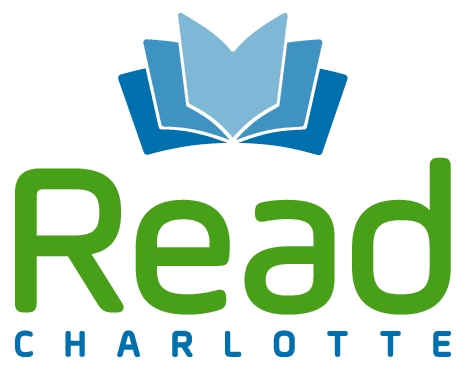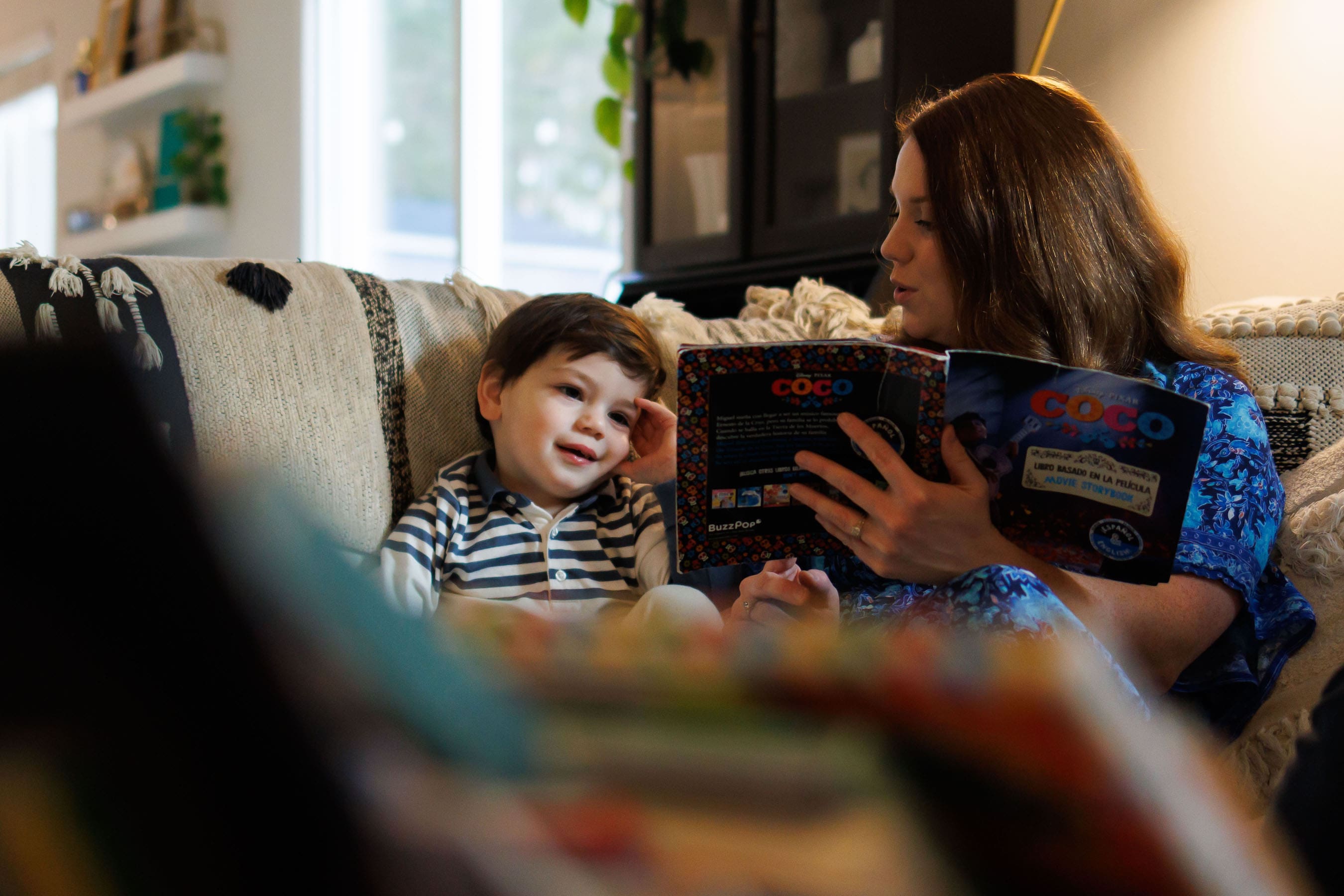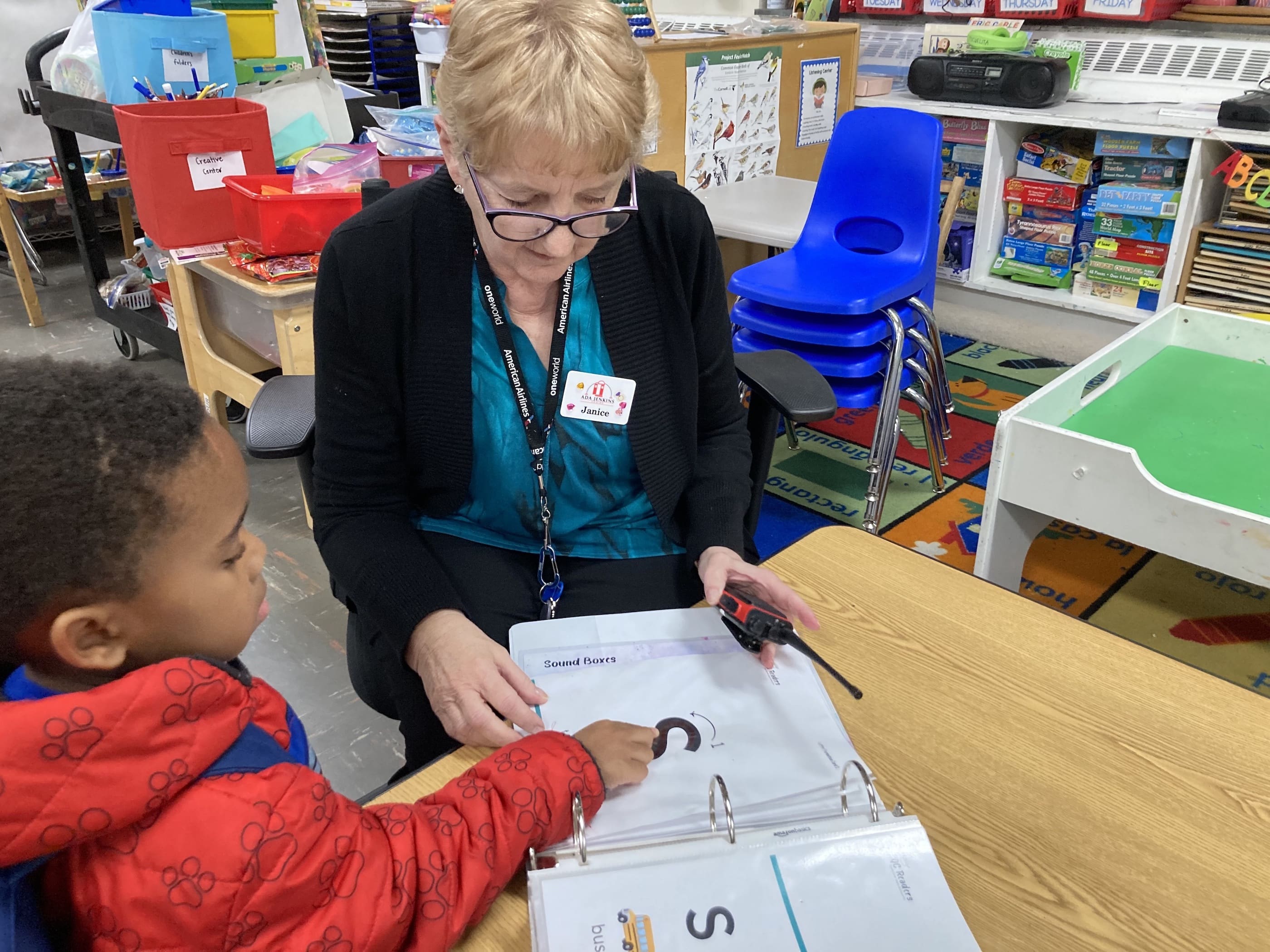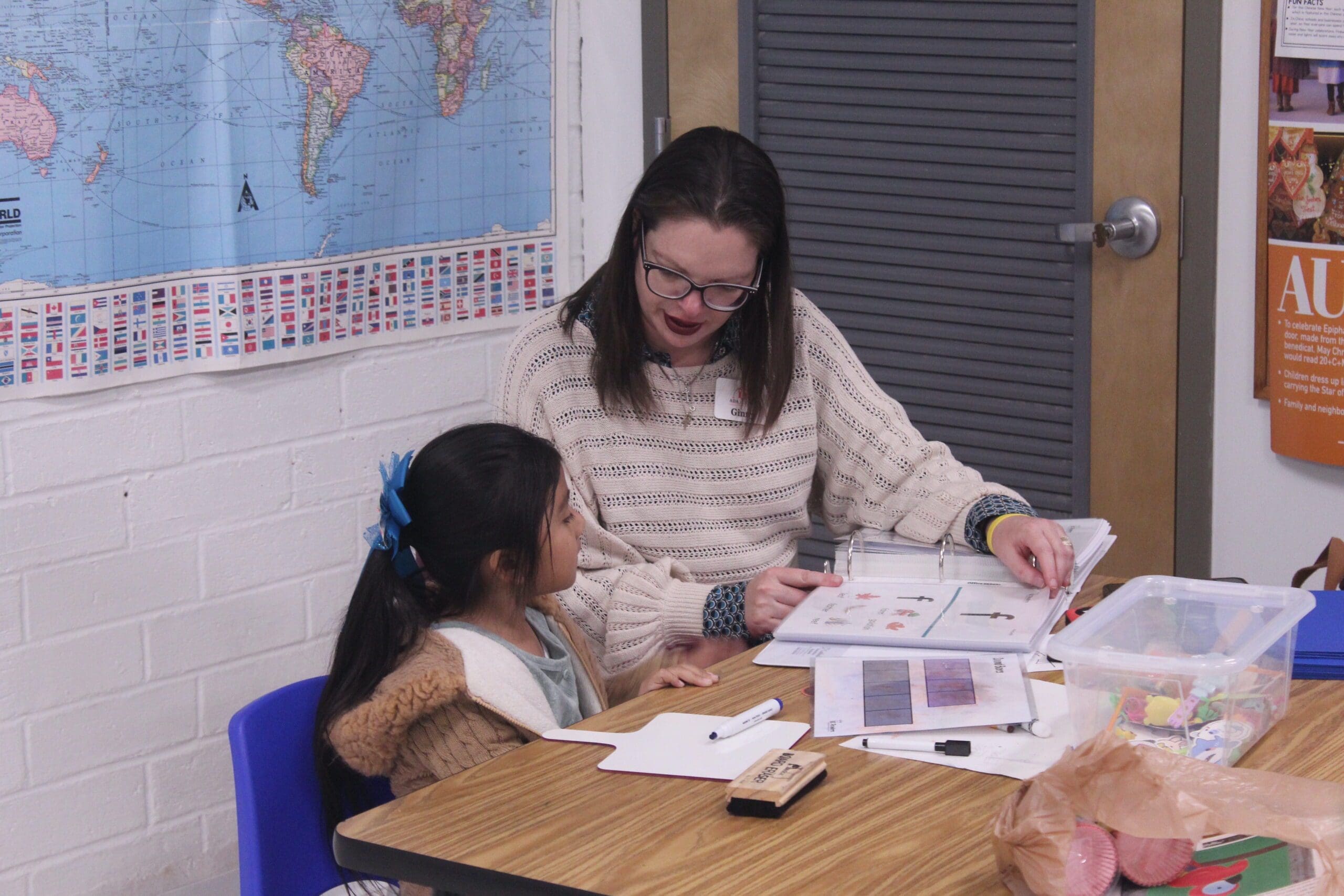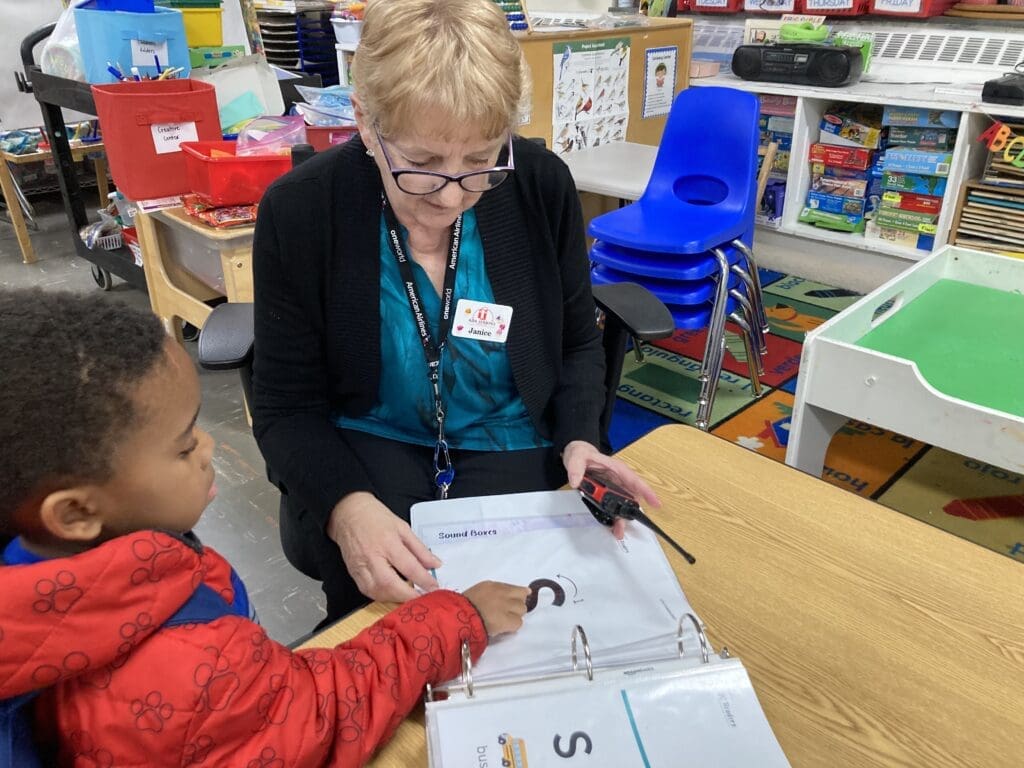
After a successful pilot of a new tutoring curriculum in the 2023-24 school year, the staff at Ada Jenkins Center was eager to use it to serve more students, at even younger ages.
“We’re trying to catch them earlier,” said Leslie Wilson, director of education services at Ada Jenkins.
The organization initially piloted Queen City Readers (QCR) in the first- and second-grade classroom of its LEARN Works Afterschool Academic Enrichment Program. The curriculum, which was developed by Read Charlotte in 2023, helps build basic word reading skills. Wilson said they saw progress.
“We piloted with 10 students at that time, and each child made progress, from very incremental to grade levels – two grade levels in foundational reading. Because we serve students who are behind in reading, that’s a big deal to us, that progress that they made,” Wilson said. “We even had one student, a first grader, graduate out of our program because she surpassed grade-level reading. We were pretty excited about that.”
QCR was designed to be turnkey, so it could be used in a variety of settings and delivered by adults with no formal background in literacy or education. The training is minimal, with less than an hour required to get volunteer tutors started.
That was part of what drew Ada Jenkins’ staff to QCR, Wilson said, because they use community volunteers to deliver tutoring.

“The ease of implementing, and the minimal training needed, I think it fit right in to how we deliver,” she said. “We try to make sure that what we do is interesting, fun, and engaging, because the kids have been at school for a long time. QCR is that, so we were happy to implement it.”
And after seeing students’ progress in the first phase of the pilot, they were ready to expand to serve kindergarteners. It was an exciting milestone, as it marked the first time the organization was able to serve that age group.
“It’s everything,” Wilson said. “We’re starting them earlier, kind of giving them a leg up in succeeding in their classroom, and at school. Our vision is really to foster good study habits, confidence, and self-motivation, and I think QCR contributes to us doing that, helping them. It works. We see the difference.”
Kindergarten is a critical year for early literacy, with the early period of word reading development providing an important opportunity for intervention with students who are falling behind. As students get older, their areas of need might compound and become more difficult to address in later grades, making that early intervention key.
Munro Richardson, Read Charlotte’s executive director, explained that a local insight drove the decision to create Queen City Readers.
“A Harvard professor, Jimmy Kim, conducted a longitudinal analysis of CMS students from kindergarten in fall 2015 to third grade in spring 2019,” Richardson said. “He found that the entire size of the third grade achievement gap in reading – whether by race or income – was present by the end of kindergarten. This was quite jarring to us and emphasized the importance of a strategic focus on kindergarten success.”
QCR is grounded in an evidence-based, systematic approach to phonics instruction called synthetic phonics. Read Charlotte first discovered this approach to teaching word-reading skills in a What Works Clearinghouse practice guide for K-3 foundational reading skills. Analytic phonics teaches children to analyze the parts of a word – the beginning sounds (onset) and ending sounds (rime) – and learn how to put them together. Synthetic phonics teaches students the relationship between individual sounds in words (phonemes) and combinations of letters that represent those sounds in written text (graphemes). Students are taught to blend, or synthesize, these sounds together to produce words – no matter what part of the word they appear in. There is evidence that both approaches – sometimes in combination – can be effective. But Read Charlotte staff felt that the synthetic phonics approach might be particularly effective in a turnkey, limited-training model like Queen City Readers.
This letter-sound correspondence is taught in an intentional order. The first six lessons cover /s/, /a/, /t/, /p/, /i/, and /n/. These letters make up more three-letter words than any other six letter-sound combinations in the English alphabet. This sequence allows students to rapidly build a bank of decodable words that they can read. QCR has 26 20-minute lessons; identical in structure but each focused on a different sound. After successfully learning the first 20 letter-sound combinations, students are equipped to sound out between 300 to 500 consonant-vowel-consonant (CVC) and consonant-vowel-consonant-consonant (CVCC) words. This can significantly support their ability to thrive in the classroom, build their sight vocabulary, and finish kindergarten on-track for reading.
After seeing the progress students made in the first phase of their QCR pilot, the staff at Ada Jenkins decided to use the curriculum to drive other areas of instruction for kindergarteners, like read alouds and vocabulary instruction. Students are grouped by their current QCR lesson, and the instructor ties that lesson’s sound into the content of the read aloud or vocabulary lesson.
“QCR is the driving force, because we’re focusing on what letter, or what letter sound, that they’re working on,” Wilson said. “We find it wonderful.”
She’s looking forward to seeing how the pilot with kindergarteners progresses, and hopes to see student success.
“Our goal is to progress students toward grade-level reading. It’s key,” Wilson said. “QCR fits right in with helping us meet our goals, and even our vision. We’re trying to get to where the students don’t need us, where they’re succeeding in their classrooms, in school, graduating, and whatever else they want to do in life.”
QCR is currently also being piloted by five other community organizations, as well as at Pineville Elementary School. Equipping community groups to help more kindergarteners succeed in reading is a key priority for Read Charlotte.
“Just 1,500 more Black and Hispanic kindergarteners on-level for reading could have completely closed the racial achievement gap with White and Asian kindergarten students in spring 2024. That’s about 20 more students per Title 1 school,” Richardson said. “Helping our educators and community partners increase kindergarten success is a key priority for Read Charlotte in 2025 and beyond.”
